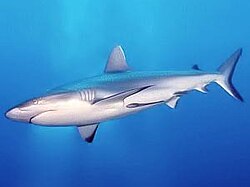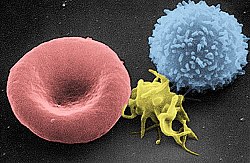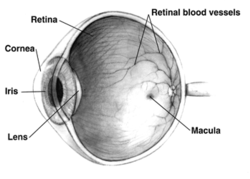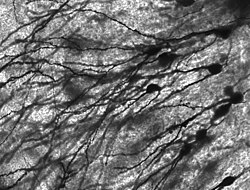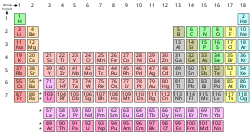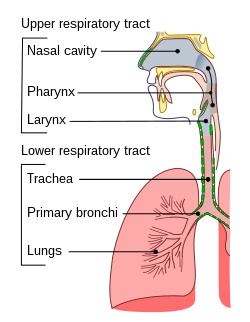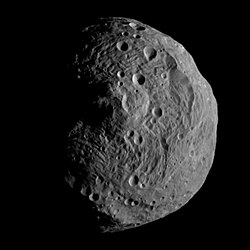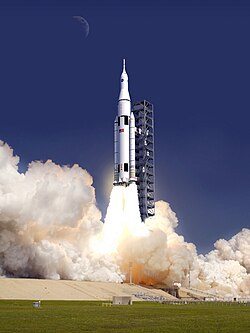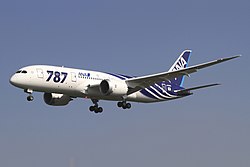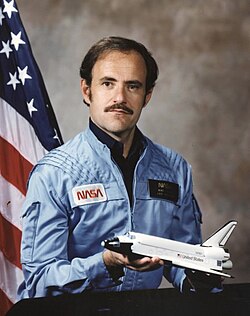| List of years in science |
|---|
| (table) |
| 2011 in science |
|---|
| Fields |
| Technology |
| Social sciences |
| Paleontology |
| Extraterrestrial environment |
| Terrestrial environment |
| Other/related |

The year 2011 involved many significant scientific events, including the first artificial organ transplant, the launch of China's first space station and the growth of the world population to seven billion. The year saw a total of 78 successful orbital spaceflights, as well as numerous advances in fields such as electronics, medicine, genetics, climatology and robotics.
Contents
- Events, discoveries and inventions
- January
- February
- March
- April
- May
- June
- July
- August
- September
- October
- November
- December
- Prizes
- Abel Prize
- Nobel Prize
- Deaths
- January 2
- February 2
- March 2
- April 2
- May 2
- June 2
- July 2
- August 2
- September 2
- October 2
- November 2
- December 2
- See also
- References
- External links
2011 was declared the International Year of Forests and Chemistry by the United Nations. [1] [2]
